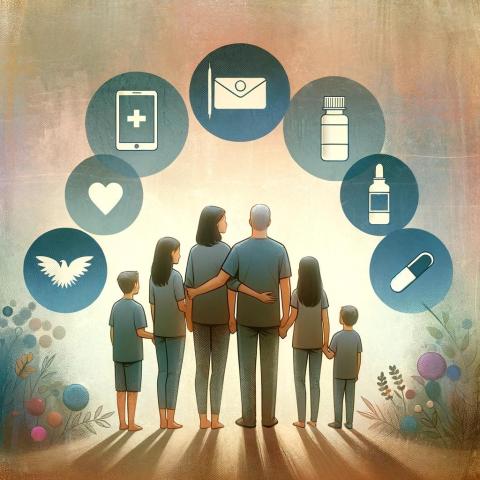
A maladaptive addiction of any kind is often referred to as a "family disease" because addictions are created by, operate using, and are reinforced by factors beyond the individual. Behavioral disorders are both influenced by and deeply impacted by family dynamics and environmental relationships. For example, when a person is struggling with addiction, family members experience emotional trauma, and stress in response. Many family members begin to assume roles—such as caretakers, enablers, or peacekeepers—in attempts to maintain family stability, often at the expense of their own mental health. This adjustment can lead to strained communication, resentment, and dysfunctional family priorities. The family's well-being becomes tied to the ups and downs of the individual’s addiction, creating a cycle of anxiety that affects everyone’s lives. Not to mention, addictions are regarded as genetic — whether the disorder is passed down through behavior, biology, or both is still being researched.
Addressing addiction as a family disease involves recognizing that healing must include the entire family unit, not just the person struggling with addiction. Family therapy and support groups can play a crucial role in helping loved ones understand addiction’s impact on their lives and learn healthier ways to cope and communicate. Educating family members about addiction as a mental health illness encourages families to support recovery rather than unintentionally enabling destructive behaviors. By working together, families can break patterns of dysfunction, setting up an environment that promotes long-term recovery for all family members.
